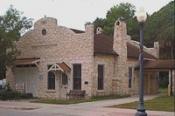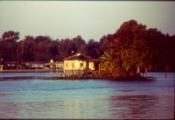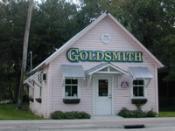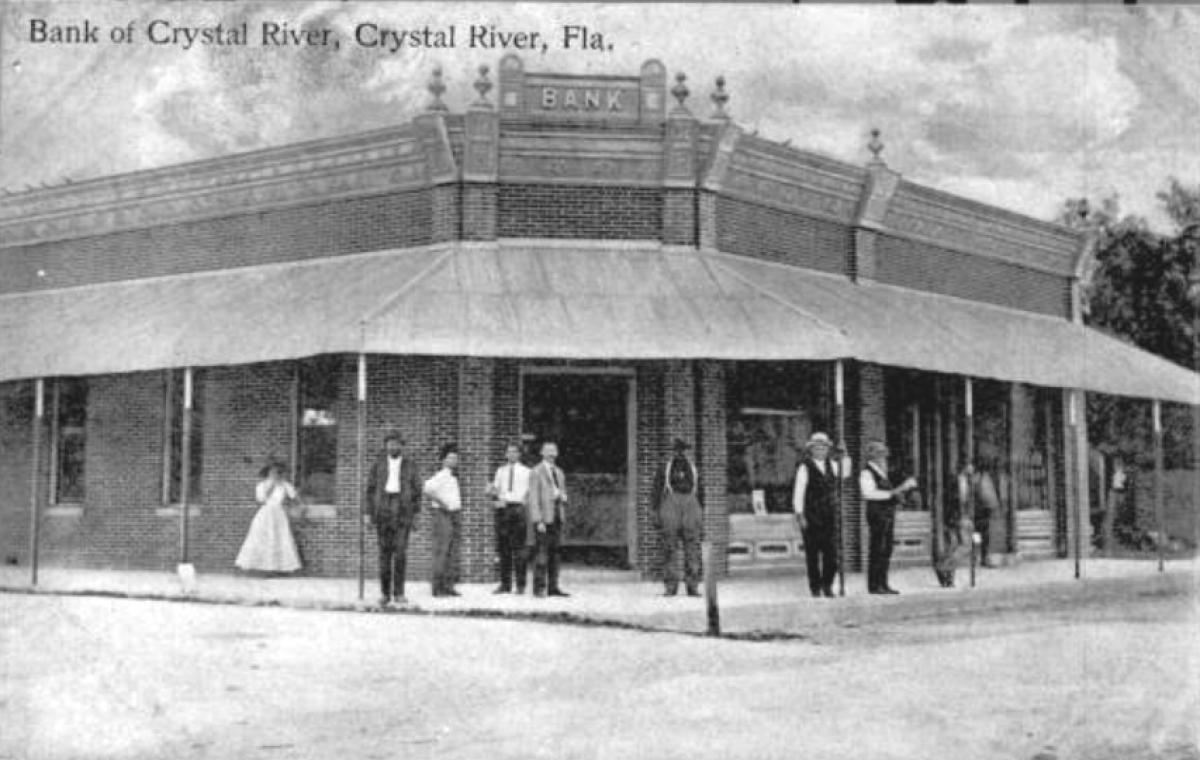
Around 500 B.C. mound-building Native Americans (possibly Deptford culture) built a settlement along the Crystal River, which in the present day is the Crystal River Archaeological State Park. It was abandoned prior to European colonization for unknown reasons. The obsolete Native American name for Crystal River was Weewahi Iaca.
Following the Second Seminole War, settlers were encouraged into the area due to the passing of the Armed Occupation Act of 1842 by the United States federal government. Twenty-two men filed for patents for land in Crystal River. By the mid-1800s, families began to settle in the Crystal River area.
Mail was delivered by horse and buggy, and a stagecoach came from Ocala to Crystal River, stopping at the Stage Stand, which today is the Stage Stand Cemetery in Homosassa.

While no land battles were fought in the Crystal River area during the Civil War, there were many instances of skirmishes on the water directly off the coast of the Crystal and Homosassa rivers, as well as near Hickory Island in Yankeetown. By the time of the Civil War, Florida was an important source and supplier of food and other goods such as beef, pork, fish, corn, sugar, cotton, naval stores and salt. The Union was aware of this, and soon after the war began, the Union Navy blockaded the entire coast of Florida.
Following the Civil War, Crystal River grew. People from states to the north began to arrive, attracted by the area's mild climate and the potential of becoming wealthy growing citrus fruits. Early settlers to the area had found wild citrus trees growing in abundance, thanks in part to the Spanish explorers who had brought oranges with them on their ships and had discarded the seeds in the new world. This gave rise to the planting of citrus groves. The "Big Freeze" of 1894-1895 destroyed most of the citrus groves in the county.

A very early industry in the area was the turpentine business. Many of the barges during the Civil War blockade had been carrying turpentine, likely from the turpentine still of William Turner, who resided in Red Level. Other early industry in the Crystal River area included cedar mills. In 1882, James Williams moved his cedar mill to Crystal River, and began operating on King's Bay. The mill produced pencil boards, which were then shipped to Jersey City, New Jersey, by ship, and later by train. The Dixon Cedar Mill was one of the largest industries in Crystal River, providing employment to many in the area, including women and African Americans.
Crystal River had been part of Hernando County since its inception in 1843. In 1844, the county name changed from "Hernando" to "Benton", in honor of Senator Thomas Hart Benton who had sponsored the Armed Occupation Act of 1842, which had brought settlers to the area. The county name returned to Hernando in 1850.
By the late 1800s, the area along the west side of the county was growing rapidly, and the citizens of the area began to see a need for a new county with a county seat that was easier to reach. In 1887, Hernando County was divided into three parts: Pasco County, Hernando County, and Citrus County. The town of Mannfield was named the temporary county seat for two years. Mannfield was chosen as it was in the geographic center of the new county and was more accessible to citizens. The site for the eventual county seat, Inverness, was decided by a vote in 1891.
Phosphate was discovered in 1889 in the east side of Citrus County, and the phosphate industry grew rapidly. Historians have claimed it to be "one of the richest phosphate deposits in the world." The phosphate industry would boom in Crystal River and Citrus County until 1914, when it could no longer be shipped due to World War I.
In 1888, the railroad reached Crystal River. The arrival of the railroad proved to be a boon; it provided an easier way to ship and receive goods, and it was an easier way for tourists to travel. Sport fishing became a draw for many wealthy northerners.
Crystal River became a town in 1903. It was officially incorporated as a city on July 3, 1923.



